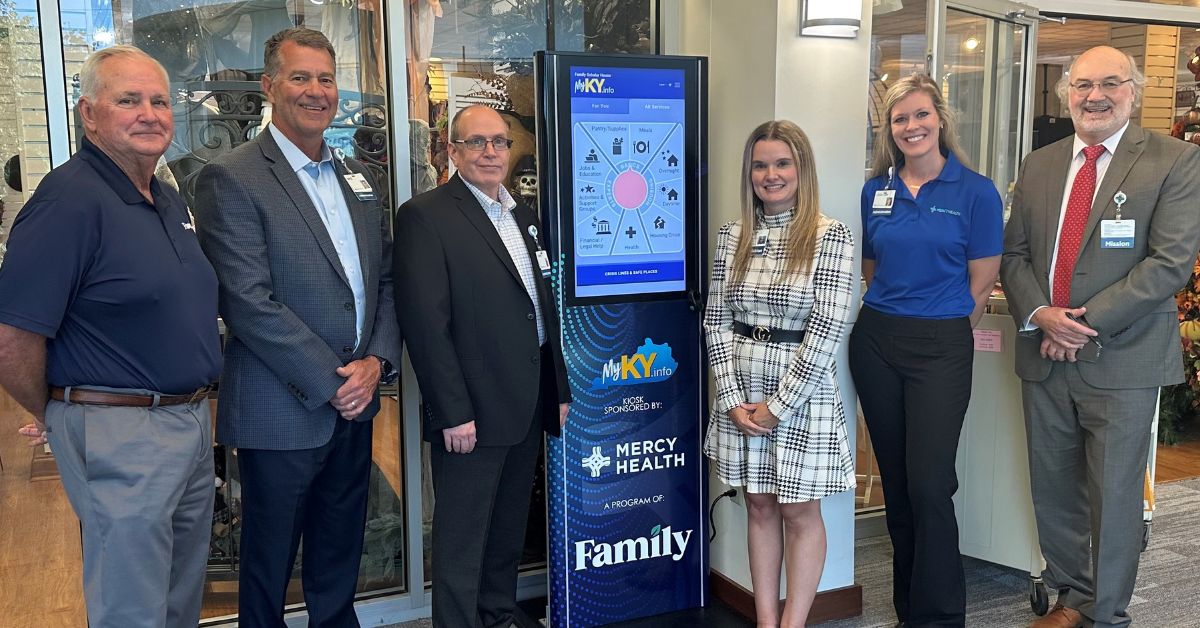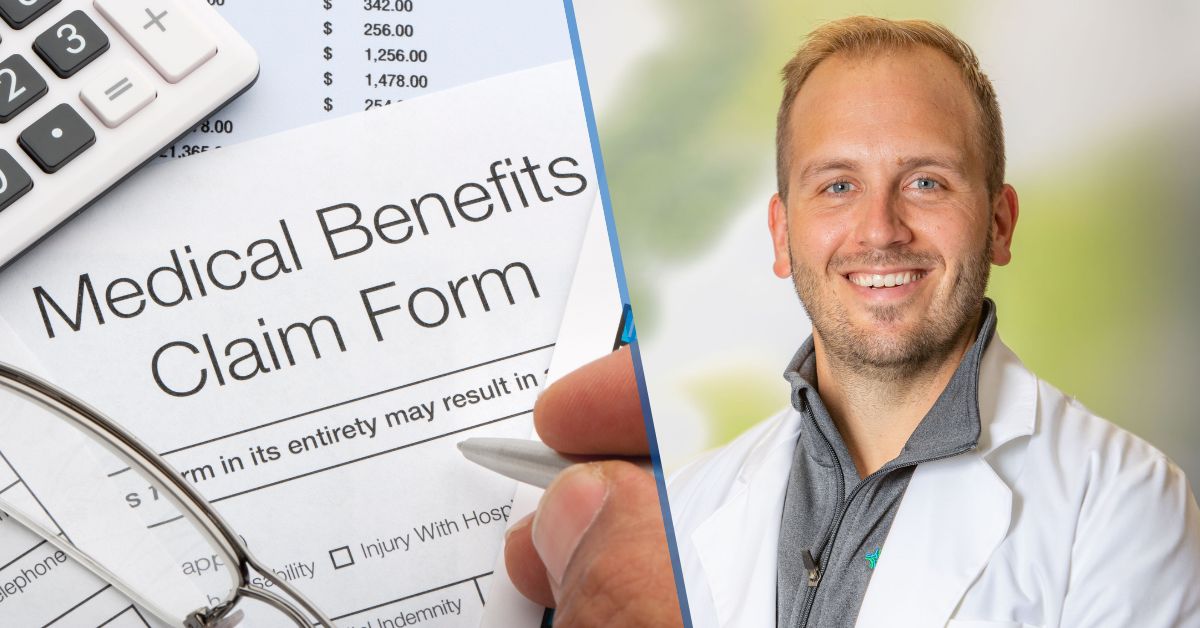Dr. Larry Graham, President of Behavioral Health Services and a Mercy Health Physician specializing in psychiatry, spoke about reducing opiate usage with radio personality Mike McConnell on 700WLW’s Mercy Health Medical Minute podcast.
Mike McConnell: If you had to pinpoint a time when this epidemic grew exponentially into a crisis, would you say it began 10 years ago or further back?
Dr. Graham: The makings really started back in the 1990s, but in terms of the version from prescribed opiates to heroin, I’d say it began 10 years ago. The oxycodones and synthetic opiates began expensive on the street, and heroin was a more affordable, powerful medicine. People began to convert from their previous medication that they couldn’t afford to this.
Mike McConnell: When I first heard about it, and how people got hooked on it, they were originally timed-release capsules that people would break down so the content can be released at the same time. Correct?
Dr. Graham: When these medicines were developed and brought to the physicians’ offices approximately 25 years ago, the description involved two things:
- You were treating actual pain
- Patients couldn’t get addicted to it
Doctors were under false belief that you were treating actual medical conditions and improving the patients’ abilities to function with these nonaddictive-labeled medicines. Now we know this is obviously not correct at all.
Mike McConnell: When I was in high school and college in the late 1970s, there were drugs floating around, but the one drug nobody ever touched was heroin. That was the one drug with a reputation that nothing good comes from it. In addition to getting high, you could have a heck of a time coming off it, you would waste your life away or die. Somehow it became the go-to drug. Out of the addictive nature of opioids, are people really willing to make that choice? How did the stigma change?
Dr. Graham: If you think back, there were a couple of epidemics around opioids in our country. In the early 1900s, there was an epidemic where housewives were purchasing opium and other concoctions for home remedies. In the early 1970s, there was another heroin epidemic. It became a national conversation for the reasons to stay away, mostly because it’s intravenous and people died from doing it. What changed, though, was the different entry point. In the 1960s and 70s, people started heroin without being previously addicted to opioids. But now, the medical industry has addicted these people to powerful opioids, and their brains became primed to think they required it. The body craved to seek opioids and tricked itself into believing it needs the drugs. When the victims couldn’t afford the opiates, their only option became switching to a substance they can afford. Those warnings from the early 1970s were not useful after the transition.
Mike McConnell: With these overdoses and whatnot, is there evidence that these people really have some sort of backpain or surgery? Evidence that they did start on a prescribed medication, became addicted to it and went to heroin? In our current situation, is it really that the opiates lead to the heroin or do we just have a lot of people doing heroin?
Dr. Graham: It’s a combination of those things. In other words, 80 percent of the people entering the opiate and heroin crisis started off with what’s in your medicine cabinet at home. When I do education programs, I tell people to clean out their medicine cabinets. We have young adults and teens going into our medicine cabinets and experimenting with what’s there. Once they get hooked to the opiate, they must find the source and continue feeding that need, and so they enter this crisis.
Mike McConnell: When someone gets hooked, is there a physical need – like a detox issue – if they don’t get it? How does someone know if they’re hooked or if it’s a mentality of wanting more?
Dr. Graham: There is definitely more than the “I want more” mentality. You can actually see it. One dose of heroin starts changing the brain’s architecture. It alters your brain’s neuropathways so that after you’ve been using it, there is no longer the choice of “I want to use.” Some people talk about how heroin addicts can choose to stop. Well, they physically can’t do that anymore than you and I can choose to take our next breath of air.
Mike McConnell: I won’t get addicted to heroin the first time I use it, right?
Dr. Graham: There’s two drugs that change your brain architecture after the first use. One is nicotine and the second is heroin. After one use, your brain is already setting up a cascade of needing the substances.
Mike McConnell: Now to Mercy Health. What programs are available and successful so far?
Dr. Graham: The real requirement is treatment on demand. In other words, if a patient comes into one of our facilities, whether that’s a primary care office, emergency department or anywhere in Mercy Health, our goal is achieving treatment on demand. One of the things Mercy Health has stepped up to doing is offering voluntary admissions for detox. If you’re in a treatment facility and you’ve been unsuccessful detoxing or you have medical comorbidities that make outpatient care impossible, we will admit you to the medical and surgical units. Our nurses have been trained to do the detox, our physicians have an orderset to walk the nurses and patients through the process. We do it in a very humane way, and we’ve used that time in the hospital – usually three or four days – to hook you up with the next level of care. We often have peer mentors come into the hospital. People who have been through the experience themselves. They connect with the patient and make sure they get to that next level of care so if the patients leave, they can’t have a cap of services. People will relapse and die without understanding the process. If they detox, they are now more susceptible to die from an overdoes than before the detox. You need to have that next step readily available. We’ve created a collaborative partnership with 14 local facilities to take that warm hand off so that the patient leaves our facility immediately and goes right where they can see a prescriber without any gaps in services.
Mike McConnell: What about medication-assisted treatment?
Dr. Graham: Medication therapy is the benchmark and hallmark of treatment these days. It’s using buprenorphine, sometimes it’s using vivitrol, which is an injection. Sometimes it’s using non-opiates. There are absent-based programs out there, but what I can tell you is that studies show if you are in MAT Services, your success in recovering from opiate tendencies can be as high as 40-60 percent. That is a terrific number if you compare it to diabetes and COPDs. It’s not 100 percent, but the conversational tone indicates addictions are hopeless. That’s not true. People can recover, but they need to be active in those services to make the recovery.
Mike McConnell: But there is still a stigma. My feeling is that the loosening of the stigma around the use of heroin played a role in increasing the use of heroin. Am I nuts? We take this approach of “it’s not your fault,” but it was the first time.
Dr. Graham: I get that question a lot: the first use. How you and I might approach the fork in the road is different from how other people may approach it. Whether someone has come up normalizing drug use, there is a genetic component, a previous experience component (e.g. they’ve seen their parents’ drug use), a trauma background, a sense of loss and impoverishment. These things play a role so that when they are in a situation where they are presented to choose, their responses will be different from ours. That doesn’t mean there isn’t personal responsibility in the situation, but it does mean they’re genetically and experientially hardwired to make a different choice than you and me. As soon as they do try heroin, it’s no longer a choice. Once your brain mechanics change, it’s no longer a choice – just like choosing to breathe.
Mike McConnell: Do you see it at all on the wane?
Dr. Graham: What’s really encouraging in Clermont County, which originally had one of the highest death rates associated with heroin in Ohio. (Ohio’s national ranks are bad, too. We’re number two in the country.) Using this program, we’ve partnered with Greater Cincinnati Behavioral Health and 14 other providers and seen a 30 percent drop in deaths between 2016 and 2017. Compare this against the backdrop of the country, which increased by 30 percent.
Mike McConnell: Do you still see the numbers of people who need help higher as they ever were? Are they up a little more? Down?
Dr. Graham: Well, it is very discouraging when the EMS goes to a site when someone overdoses. More than half of those people who are getting Narcan refuse to go to the emergency room at that point. They wake up, say, “Thanks for saving my life” (or however they respond) and refuse more help. Our opportunity is reaching out to those folks – and we’re doing that. We have crisis response teams that reach out to the patient so that the next day, we can go to them and say, “We know about the situation from yesterday. Let’s talk about what we can do to make sure there is not another one.”
Tune into the Mercy Health Medical Minute on 700WLW AM at 7:45 a.m. Monday-Friday. Each week, Mercy Health experts share their medical interests and insights. To connect with a Mercy Health physician, click here.






